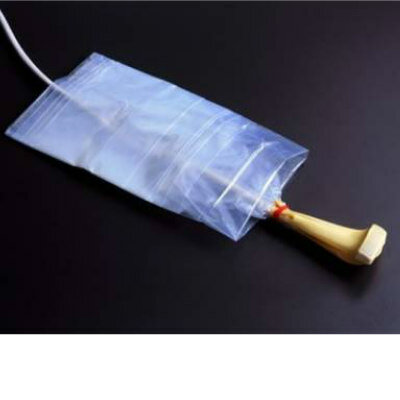Laparoscopic Surgery Beneficial for Gastric Reflux Patients
By HospiMedica International staff writers
Posted on 18 May 2016
Laparoscopic antireflux surgery (LARS) is beneficial for patients with chronic gastroesophageal reflux disease (GERD), according to a new study.Posted on 18 May 2016
Researchers at Haukeland University Hospital (Bergen, Norway), Karolinska Institutet (Stockholm, Sweden), and other institutions conducted a prospective, randomized, open-label trial comparing the efficacy and safety of LARS (116 patients) and esomeprazole (151 patients) in patients with chronic GERD. The researchers analyzed data derived from ambulatory intraesophageal and intragastric 24-hour pH monitoring data before treatment, and six months and five years afterward.
The results showed that the median 24-hour esophageal acid exposure was 8.6% at baseline and 0.7% after six months and five years in the LARS group. The corresponding values were 8.8%, 2.1%, and 1.9% in the esomeprazole group; in both groups, gastric acidity was consistently stable. More severe supine reflux at baseline was seen in the patients who required a dose increase of esomeprazole, who also demonstrated decreased esophageal acid exposure and gastric acidity. The study was published in the May 2016 issue of Clinical Gastroenterology and Hepatology.
“Esophageal acid reflux was reduced greatly by LARS or esomeprazole therapy. However, patients receiving LARS had significantly greater reductions in 24-hour esophageal acid exposure after six months and five years,” concluded lead author Jan Hatlebakk, MD, PhD, of Haukeland University Hospital, and colleagues. “Esophageal and gastric pH, off and on therapy, did not predict long-term outcomes of patients.”
In most GERD patients, the esophageal sphincter is weakened and does not close tightly, allowing digestive juices to return and irritate the esophageal lining. LARS, also known as laparoscopic Nissen fundoplication, involves reinforcing the annulus between the esophagus and the stomach by wrapping the upper portion of the stomach around the lowest portion of the esophagus, much the way a bun wraps around a hot dog. Carbon dioxide gas is used to temporarily expand the abdomen, giving the surgeon room to see and work the laparoscope.
Related Links:
Haukeland University Hospital
Karolinska Institutet














